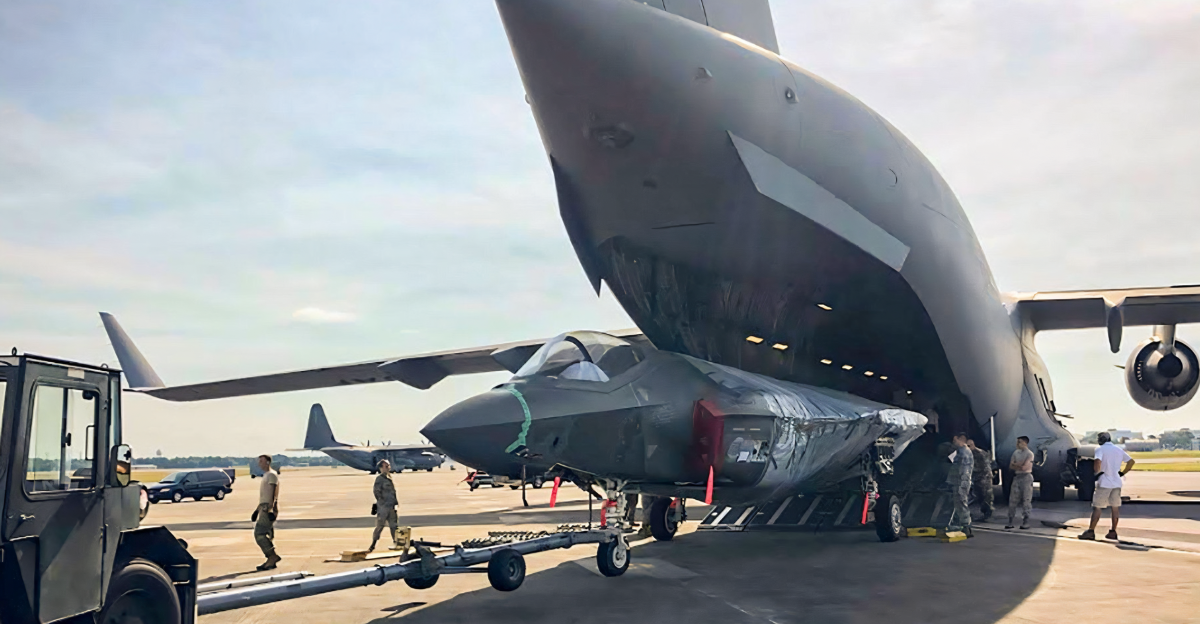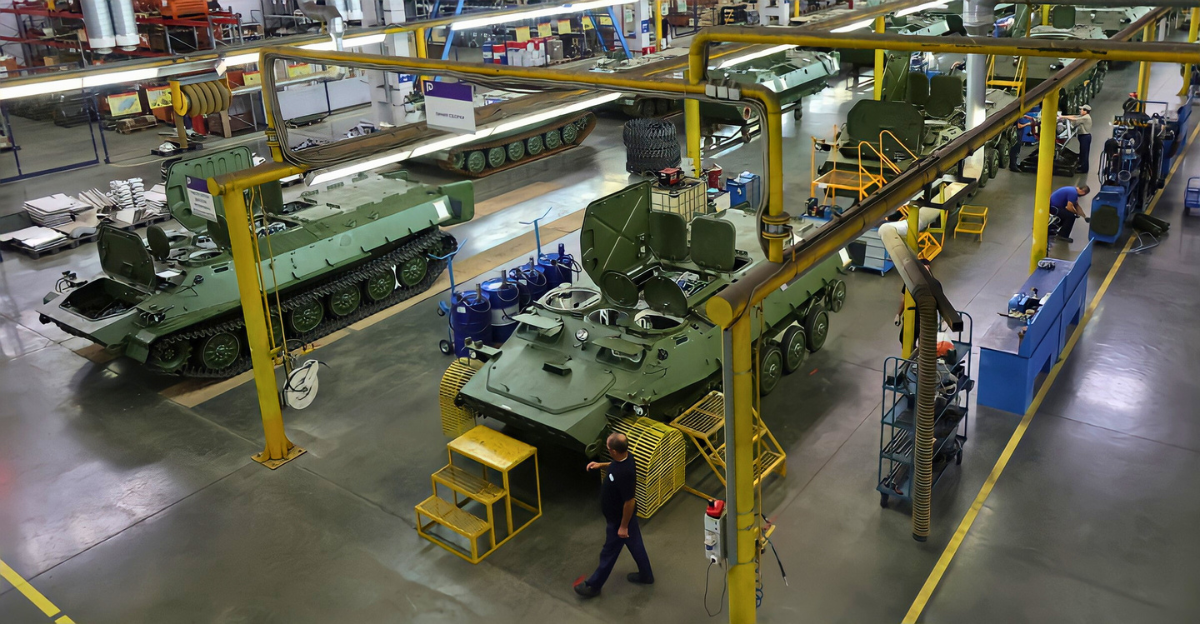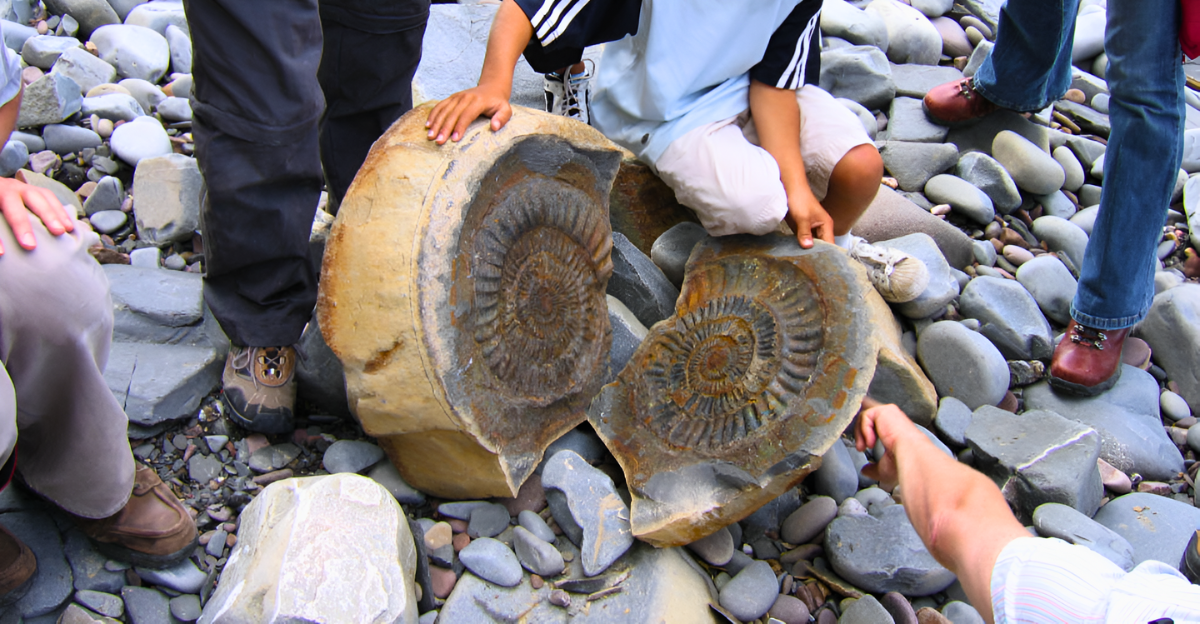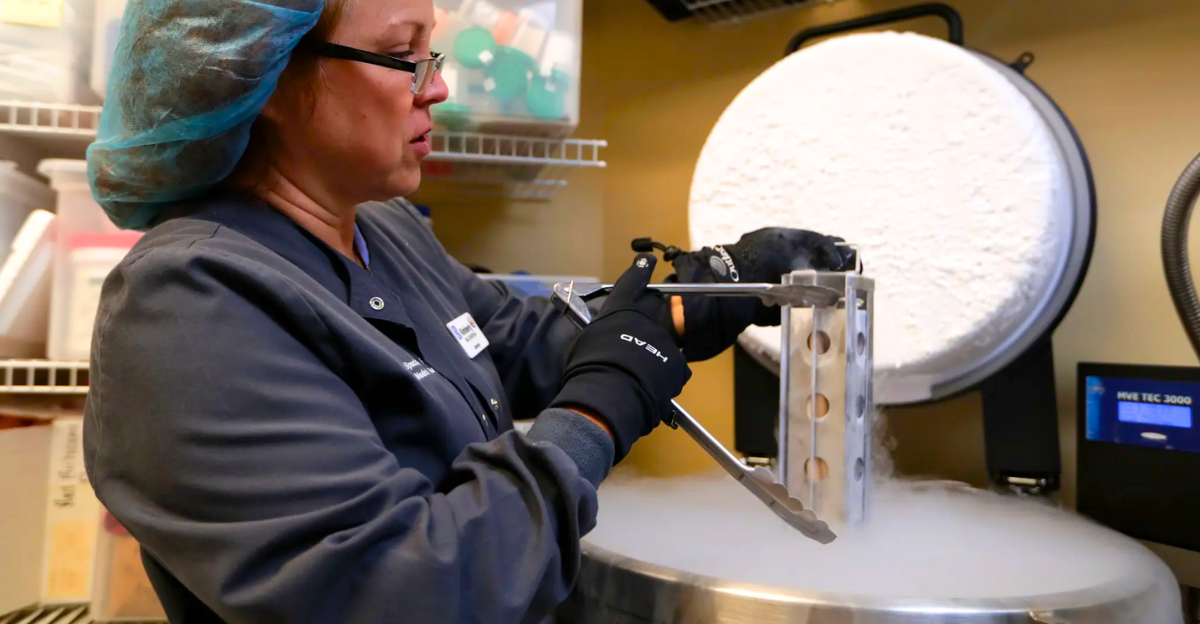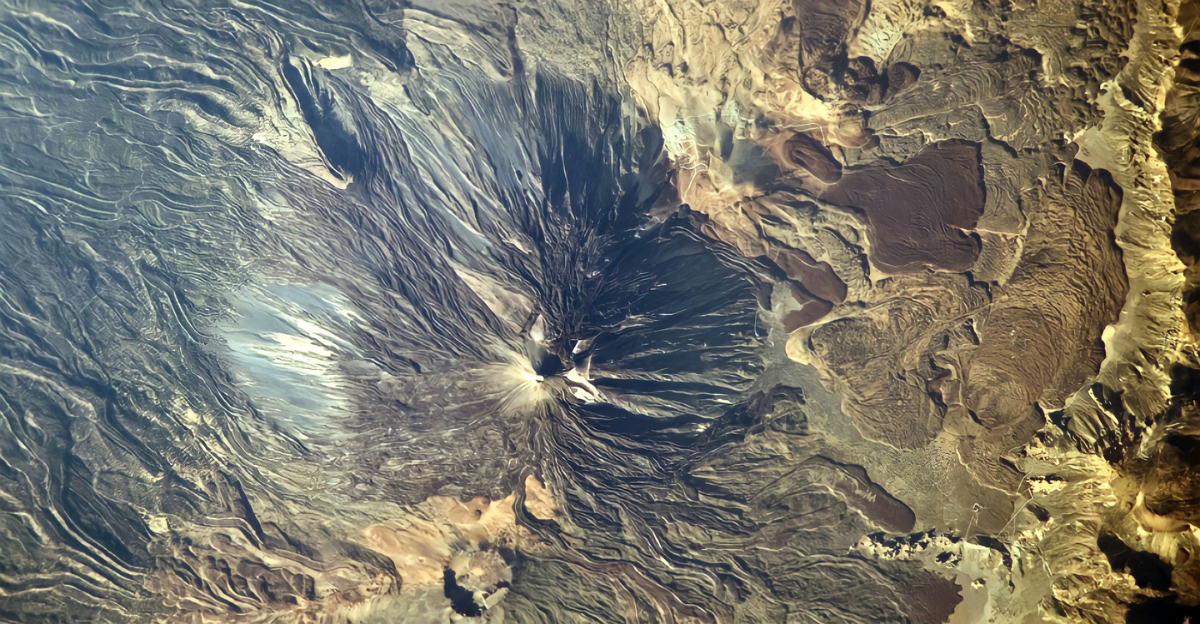
The ancient Native Americans were a much more advanced and complex culture than many previously thought. In fact, a lot of their old customs, traditions, innovations, and beliefs actually helped shape a lot more of our modern day culture than we once thought. Despite the impression that they were simplistic and unadvanced, deeper insights into these amazing cultures reveals a much more complicated story. Let’s take a look at some fascinating things you might not have known about Native Americans and how they shaped our world!
1.) Shaping Modern American Democracy

It’s a little-known fact that Native American culture actually played a significant role in shaping the modern-day American democratic system of government. Both Thomas Jefferson and Benjamin Franklin were familiar with the Iroquois Confederacy and took inspiration from their cultural system of checks and balances being placed on leaders, as well as a consensus-based form of decision-making among the tribe. The tribe also believed strongly in representation and would often have tribal leaders represent issues or people within the tribe.
2.) The Invention of Lacrosse
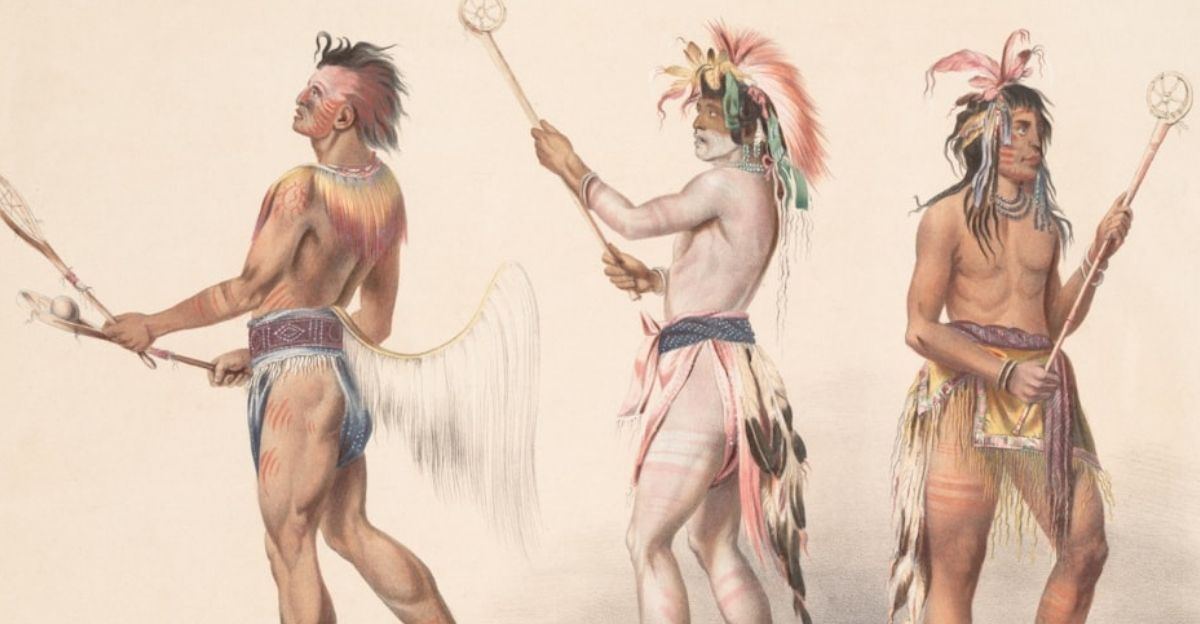
Despite what many may think, the truth is that lacrosse originally developed among Native Americans. The game that they played closely resembled lacrosse in its modern form today, and it was called ‘stickball’. The game could consist of any number of players and had very minimal rules. However, the game served as a much deeper tool than a mere sport. It was used to keep warriors focused and in shape, as well as to help bring tribes together and to help with diplomacy. The game is believed to be over thousands of years old.
3.) Mixed Views on Slavery

The Native Americans had mixed views when it came to the slavery of African Americans. While many Native Americans were enslaved and opposed this during the time before the Civil War, according to TIME, there were certain Cherokee tribes who actively participated in owning and using African American slaves in their tribes. They would buy slaves and own them like property. On the other hand, other tribes used to help escaping African American slaves and would let them camp near them while escaping up north to safety.
4.) Advanced Farming Practices

Many colonialists believed that leaving the land to the Native Americans would be a waste, as they didn’t know what to do with it. However, more recent studies into ancient Native American farming practices revealed that they had a very good understanding of the land and how to work it. They would frequently use charcoal as a form of compost, something that massively helped their crops. They also practiced the ‘Three Sisters’ method before colonists arrived, growing corn, beans, and squash together to help build strong, more drought-resistant crops and species.
5.) Agricultural Phenomena

Many of the modern-day crops that we know and love, like corn, tobacco, chocolate, potatoes, and even tomatoes, are the result of ancient Native American and Mesoamerican agricultural practices. Science shows us that many of these crops wouldn’t exist in their modern-day forms if it were not for the rigorous innovation, breeding, and cultivation of these crops over the thousands of years that Native Americans and Mesoamericans farmed them. They were the direct result of human selection, rather than natural abundance or proliferation.
6.) Advanced Medical Practices

The Native Americans were also quite advanced when it came to medical practices. They knew how to utilize the flora found in the wild to help treat everything from headaches to infection. On the other hand, the cousins of the Native Americans, the Mesoamericans, had managed to master complex surgeries quite effectively. In fact, one study by the Smithsonian Magazine claimed that they were even more successful at this than Westerners around the same time. Indigenous surgeries had an 80% success rate, while Westerners during the civil war only had a 50% success rate.
7.) Much Larger Settlements

For a long time, it was thought that Native Americans would live in small, scattered tribes all around America. However, more recent studies show that pre-colonization, many tribes used to live in large, well-established ‘urban centres’ that housed many residents and even had forms of technology in the form of infrastructure and well-defined, delineated forms of government to help them regulate these large-scale settlements. Things likely started changing more post-colonization.
8.) Very High Literacy Rates

At one point in time, the literacy rates among the Seminole people were, on average, around 90%! While the Native Americans had largely depended on oral language and had not incorporated written language into their culture, a Native American from the Cherokee tribe, named Sequoyah, developed the first system of written Cherokee language. The system took off quickly, and Native Americans found it easy to learn. Some reports indicate that the average learner could grasp the written system well enough to use it within as little as three days!
9.) Trade

Another discovery of ancient Native Americans changed the belief that they were largely based on sequestered, isolated tribes who rarely interacted with one another. Various DNA samples and evidence of artifacts point to the fact that ancient Native Americans engaged in rich forms of trade over thousands of miles. The evidence of trade posts along established trade routes suggests that this was a regular part of their culture and affected many different tribes. It was likely very important for diplomacy among tribes.
10.) Engineering Marvels

The Native Americans, including the Mesoamericans were quite advanced when it came to engineering. Many of the Native American practices of ecology, sustainability, and biodiversity have become well adopted into the mainframe of modern sciences in those fields. The Mesoamericans were adept at engineering things like complex pyramids, well defined and highly functional irrigation systems, and even things like floating gardens. All of these practices are still used in modern engineering today, but many of the principles stem from these ancient Native American cultures.
A Lot To Learn

Looking back, it becomes clearer that we have a lot to learn from the ancient Native Americans. They were indeed a wonderful and complex culture that thrived on the continent before colonial expansion nearly caused a mass extinction of the Seminole peoples throughout America. Since colonization, they struggled to regain their foothold in their own natural environment. However, more is being understood about these ancient American cultures, and it’s helping to change the broader perspective of how they’re viewed and treated in modern society. If you liked this article, be sure to check out more on our site!

